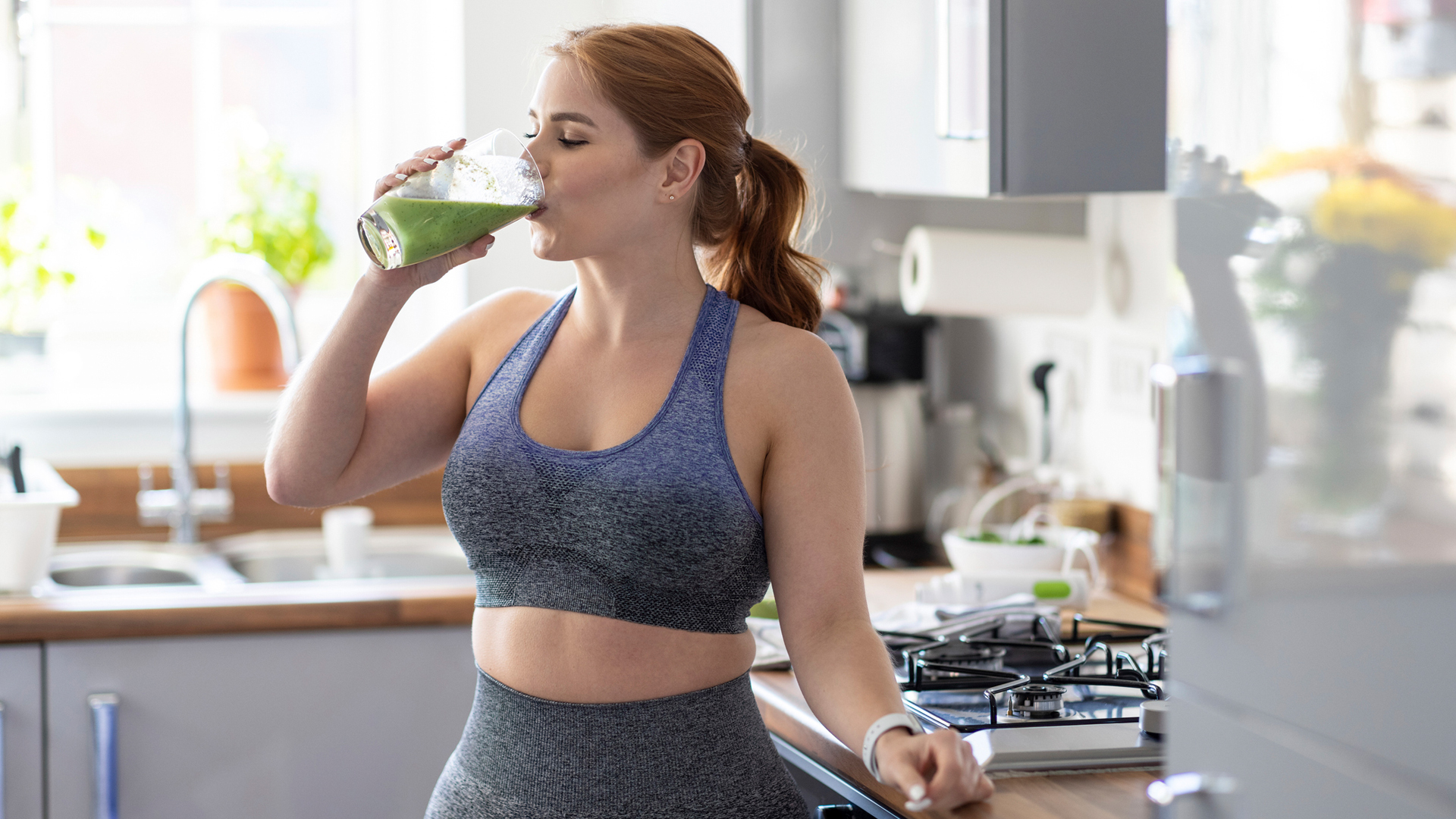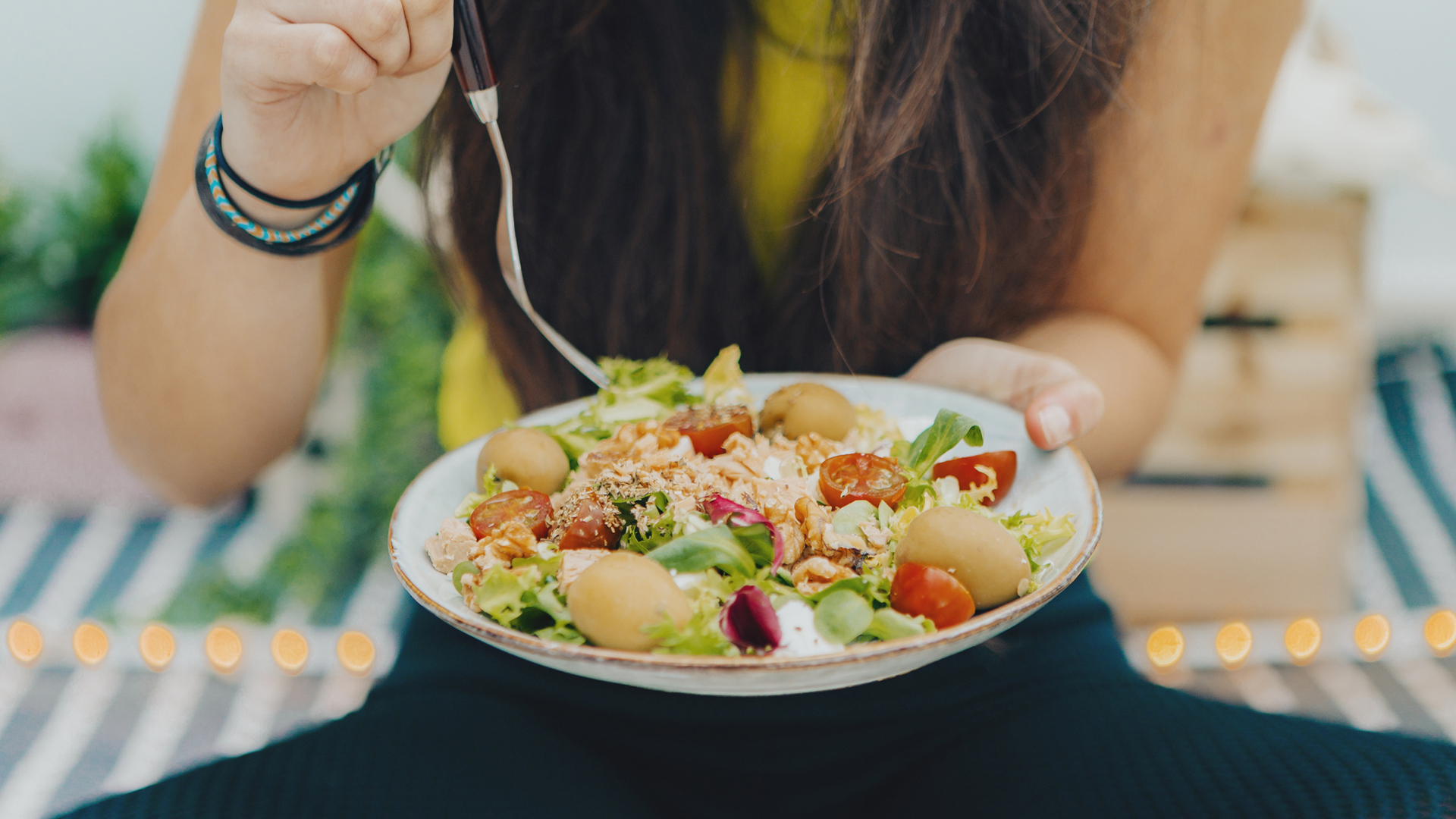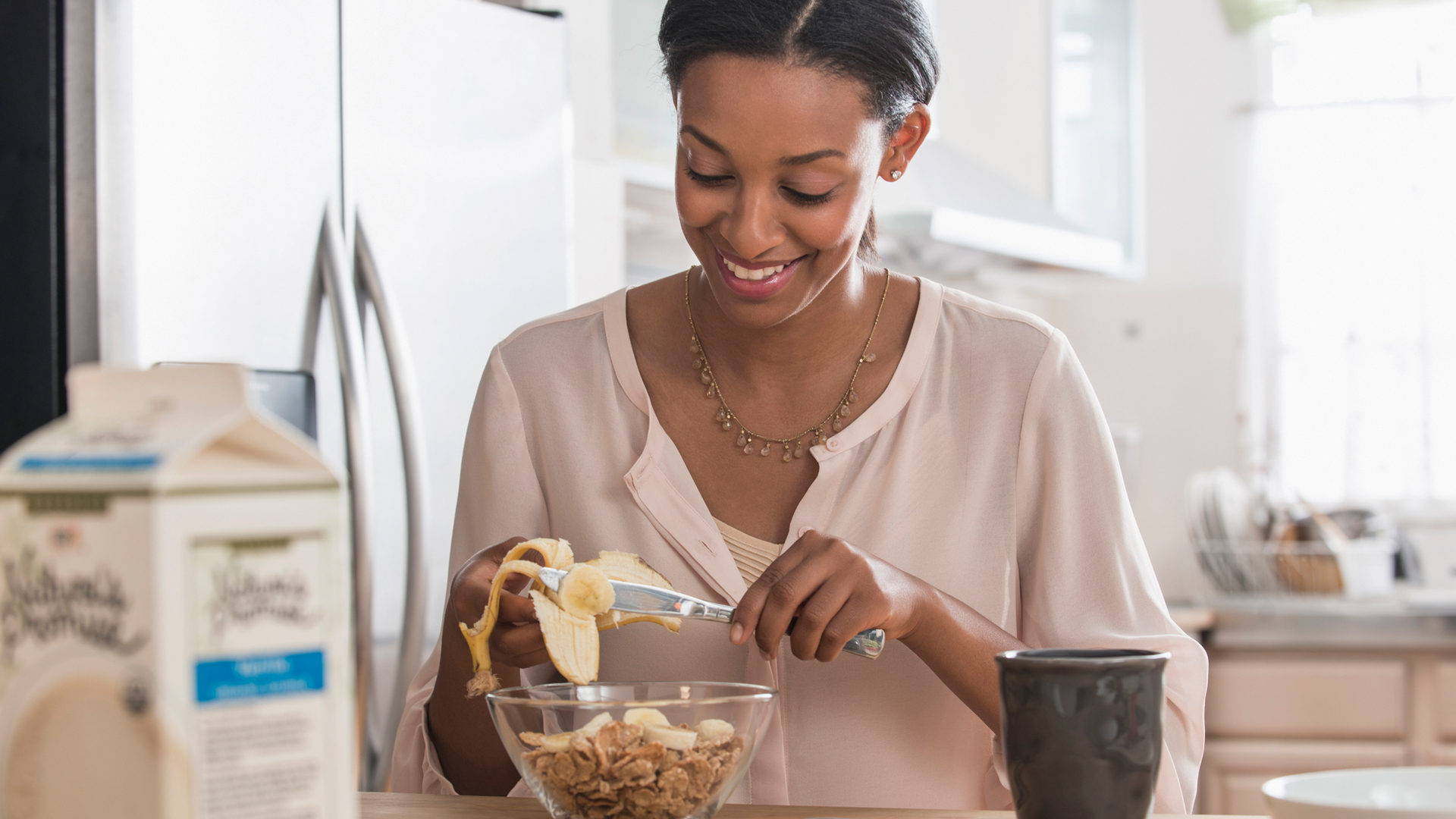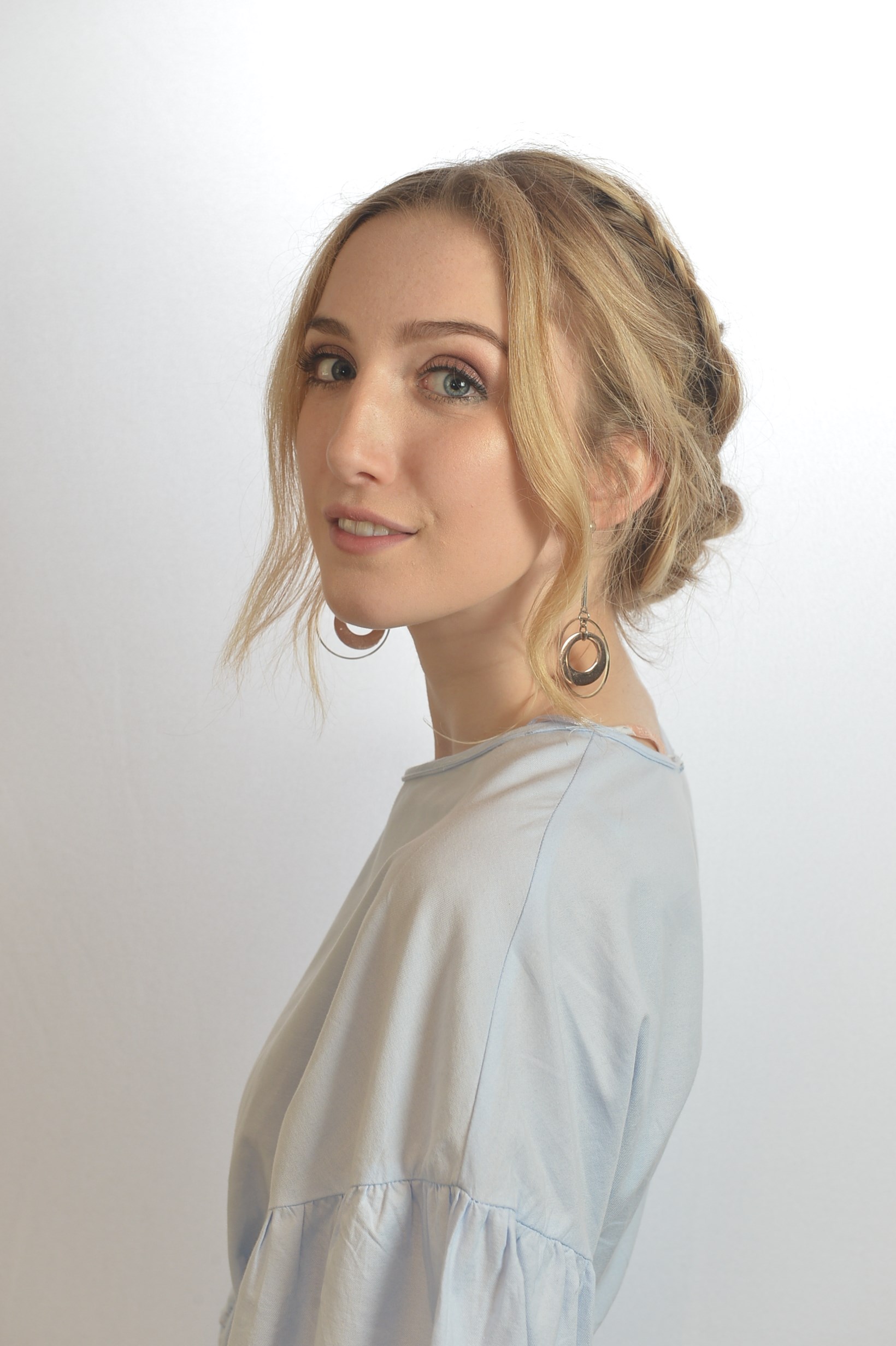The best foods to eat on your period, according to experts
Grappling with PMS? We asked the experts for the best foods to eat on your period to make things a little easier


Our diet has an impact on most aspects of our health, and how we eat during our menstrual cycle is no exception. But what are the best foods to eat on your period?
Having a well-balanced diet is always good for us, but at different phases of our menstrual cycle, our body both craves, and needs, different things. Whether it’s adding in extra vitamins through supplements, using the best protein powder for women to keep you fuller for longer, or upping your intake of foods rich in nutrients, you can make lots of changes to help influence detoxification, avoid excess bloating, and increase your energy levels.
Our body is most harmonious when we feed it what it needs, and keeping our body in check when the balance of progesterone and estrogen changes is important to keep us feeling physically and mentally well. We spoke with Le’Nise Brothers, registered nutritional therapist and author of You Can Have a Better Period, and Penny Weston, founder of MADE, to find out the best foods to eat on your period, so that you can feel your best during some of the more difficult times of the month.
How does diet affect your menstrual cycle?
There are many theories out there that a lack of certain nutrients can lead to PMS, but there are no well-conducted clinical trials to prove what a woman eats has anything to do with whether she develops PMS, according to fitness, wellness and nutrition expert Penny Weston. However, following a healthy diet generally may help increase your energy levels and how you feel. You can certainly improve your intake for certain nutrients, which women commonly lack.
Weston explains how women often don’t have enough zinc in their diet, which helps to support the immune system. Zinc is found in red meat, poultry, seeds, whole grains and legumes. B vitamins are also essential for supporting metabolism, regulating menstrual flow, growth and red blood cell development. Women lose iron through menstruation, which can make them susceptible to deficiency. Iron is essential for red blood cell development and general wellbeing and can also be found in legumes, red meat, beans, and dark green leafy vegetables.

Brothers further explains how what we eat has a powerful impact on our menstrual cycle. “If we eat three meals a day, then we have 21 opportunities each week to add in foods that support the way our body makes sex hormones like oestrogen, progesterone and testosterone,” she says, “This helps to build the lining for the uterus and helps us make healthy eggs.”
Although more research needs to be done into the causes of PMS, we know fluctuating levels of hormones may play a role. Eating a healthy diet can definitely improve PMS symptoms, and there are many tweaks you can make to your food choices in order to do so.
Start your week with achievable workout ideas, health tips and wellbeing advice in your inbox.
You can also keep a diary of symptoms so you are able to track them over time and make note of any changes occuring in your body. As a connection is built with our cycle, we can start to see patterns in our mood. For example, it’s common that in the luteal phase, before ovulation, people experience a dip in mood. If we are aware of these changes, we can be mindful to pay particular care to ourselves during this time.
What are the best foods to eat on your period?
Menstruation
Menstruation is the elimination of the thickened lining of the uterus (endometrium) from the body through the vagina, known to most of us as our period. The average length of a period is between three to seven days.
“At the start of our cycle, our hormones are at their lowest,” says Weston. “Our energy levels are more likely to be low so it is a good idea to eat lots of unprocessed, nutrient-rich foods that keep energy and blood sugar levels steady.” It’s equally as important to make sure the body is constantly hydrated with fresh water, so investing in the best water bottle is always a smart idea.
Brothers explains that adding foods with iron is also important. “We lose a lot of iron through our menstrual blood, so iron-rich foods such as organic, free-range red meat and dark poultry meat should be a priority,” she says. If you’re vegetarian or vegan, make plant-based iron foods the star of your plate. “Try adding chickpeas, lentils, kale, beetroot and quinoa along with foods with vitamin C – broccoli, citrus, brussels sprouts, berries, red and yellow peppers – to increase the absorption of non-heme iron, the type of plant based iron found in these foods.”
You may also want to add some comfort and warmth to your diet, since you may be feeling a bit achy. Plenty of fresh, organic, nutrient rich foods in soups and oven baked dishes are good options.
Studies have shown that vitamin E could help to reduce pain too. To get vitamin E from your diet, focus on nuts and green leafy vegetables.
Follicular phase
The follicular phase starts on the first day of menstruation and ends with ovulation. It is the longest phase in a woman’s cycle.
“At this time, it’s important to make sure you are giving your body the nutrients it needs,” says Weston. Focus on foods that do not dramatically increase blood sugars, and eating more complex carbohydrates. This is because big swings in blood sugar can lead to intense cravings and mood swings, whereas complex carbohydrates are released into your bloodstream more slowly and help to keep your mood and energy levels stable.
Your energy may start to pick up a bit during this phase, so you may begin to crave more fresh foods, and less starchy, comfort foods.
As estrogen and testosterone levels rise, adding in foods with fiber is really important, adds Brothers. “High fiber food such as carrots, sweet potatoes, lentils, broccoli, cauliflower, brussels sprouts and kale help our gut and liver break down the hormones our body has used and eliminate them through our bowel movements.”

Ovulation
Ovulation is the release of a mature egg from the surface of the ovary. This usually occurs mid-cycle, around two weeks or so before menstruation starts.
Brothers suggests adding in foods with zinc during ovulation because this mineral helps our body to make progesterone, the anti-inflammatory hormone that is released after we ovulate. “Free-range organic beef and lamb, oysters, mussels, clams, beans and pumpkin seeds are great zinc foods to add in during this time of our menstrual cycle,” she says.
“During this phase, women often feel less hungry as estrogen levels reach their peak, which has an appetite-suppressing effect,” adds Weston. So, it is best to switch from carbohydrates to proteins and fat and lots of fiber, such as asparagus, brussel sprouts, chard and spinach. Choose lighter varieties of carbohydrates such as quinoa and red lentils, and eat foods that support your liver too, as these offer health benefits that can protect against environmental toxins known to impact hormones.
Luteal phase
The luteal phase of the menstrual cycle is the time between ovulation and your next period. During the luteal phase, progesterone produced by the corpus luteum (the empty follicle left in the ovary after an egg has been released) helps to thicken the womb lining in preparation to receive a fertilized egg.
During our luteal phase, we can add in foods that give our body a helping hand if we experience any premenstrual symptoms such as depression or bloating. Brothers suggests adding in extra protein like wild salmon, eggs, oats, free-range pork and poultry into your meals, because there is an amino acid in protein called tryptophan that helps our body make serotonin, our happy hormone.
“This phase is when you are most likely to experience PMS,” says Weston. Research has also found a connection between symptom severity and dietary habits, such as craving higher calorie, sugary, and fatty foods.

According to a study in the European Journal of Nutrition, these cravings are likely due to a spike in progesterone which peaks during the luteal phase, and you may experience bloating at the same time.
“We all find a bit of chocolate comforting when we are on our period,” says Weston. “I’d never say don’t eat it, but maybe try to switch to dark chocolate, which is rich in iron and magnesium.”
Magnesium can be helpful for PMS because it helps to regulate serotonin levels, which can impact your mood, and it is also known to reduce bloating and breast tenderness, and even help with mild anxiety. Brothers also explains that if “we experience bloating, adding high potassium foods like potatoes, bananas, prunes, apricots and oranges can help.”
This is also a good time of the month to cut down on caffeine and alcohol, as these stimulants can aggravate PMS- triggered anxiety and mood swings. Caffeine and alcohol can also affect how your body absorbs some of the essential vitamins and minerals required for optimal menstrual health.
Alternatively, try these six ways to get rid of period bloating too.
Are there any foods you should avoid on your period?
In Brothers’ work, she tends to focus on foods that we can add into our meals to have a better period, rather than removing any. “I find that many of us have a restrictive mindset when it comes to what we eat, so when we focus on eating enough protein, healthy fats, fiber and greens and avoiding feeling guilty for having a few sweets, that can help us have a better period, support our energy levels and improve our mood.”
However, trying to limit processed foods, which are high in salt, will possibly help you to feel less bloated.
Alcohol and caffeine can disrupt your sleep, explains Weston, and whilst you shouldn’t deny yourself a sweet treat, try not to overload on sugar. “Sugar causes inflammation, which can worsen cramps, and sugar cravings are usually down to changes in hormones,” she says. Instead of reaching for sugary snacks, try and take some nuts and fruit to work.

Mollie is a lifestyle journalist who regularly contributes to publications including Insider, Cosmopolitan, The Metro, Healthline, HelloGiggles, Reviewed, HuffPost, Independent, and Fabulous, amongst others. Particularly, Mollie covers health and beauty. Basset Hounds are Mollie's favourite things on the earth - she has her own named Olive. Mollie loves anything with too much sugar in, the color yellow, pop culture, and musical theatre.